
Naturalism in Painting: Naturalness and Photographic Accuracy of Reality
Naturalism is a style of painting in which the artist, when creating a painting, adheres to truthfulness and naturalness. Naturalism emerged in a society tired of an excess of embellished reality, thus turning towards realism. Followers of naturalism always sought the most accurate and objective reproduction of the surrounding world. It is for this reason that they found success, albeit in a relatively short period.
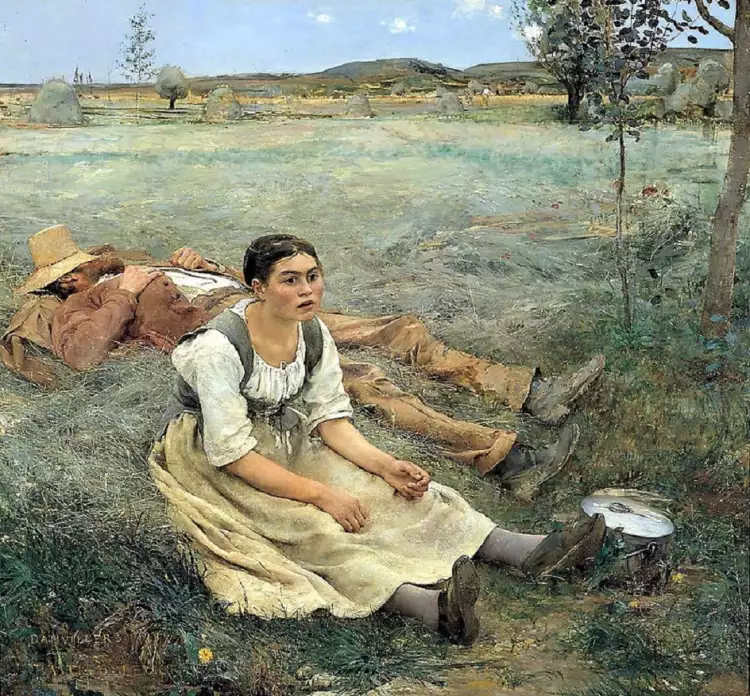 Naturalism. Jules Bastien-Lepage. Haymaking, 1877
Naturalism. Jules Bastien-Lepage. Haymaking, 1877
History of Naturalism
Naturalism as a painting movement formed in the last third of the 19th century and formally united artists from Europe, America, Australia, and Russia. It gained the most prominence in France, where it developed not only as an artistic but also as a literary movement. Its inspirations were Émile Zola and the Goncourt brothers, who advocated the philosophy that the artist is obliged to reflect the world as it is, without taboo, veiling, and shame.
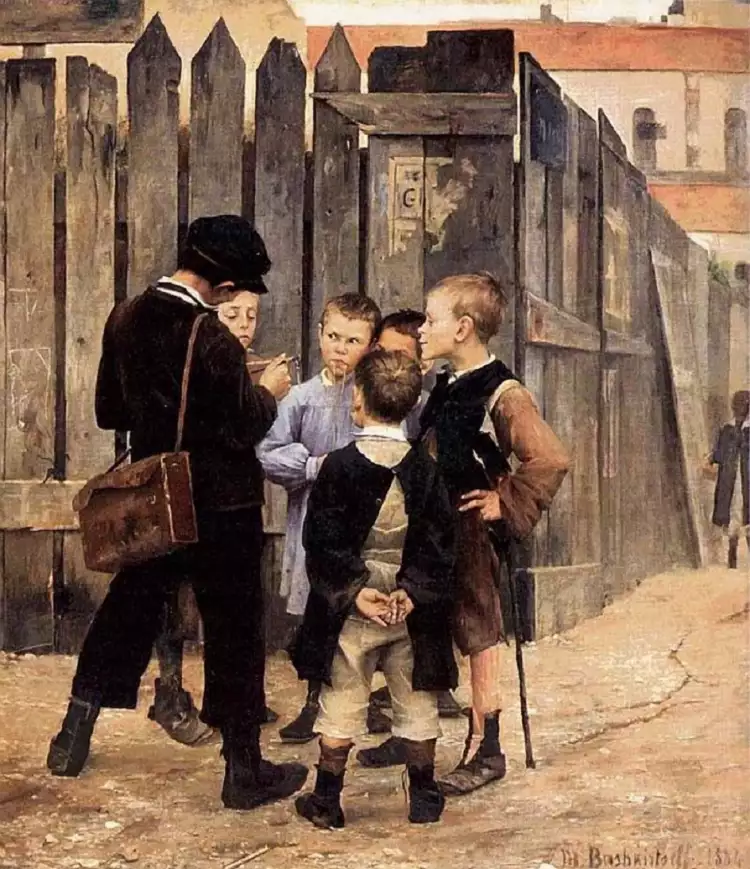 Naturalism. Marie Bashkirtseff. The Meeting, 1884
Naturalism. Marie Bashkirtseff. The Meeting, 1884
Distinctive Features of Naturalism
Naturalism is often associated with paintings created by representatives of various artistic schools and movements, such as realism and early impressionism. Especially when the painter impassively depicted scenes of violence and cruelty or openly showed the naked erotic body. However, this does not mean that if the plot, characters, and objects are presented with a keen focus on the forbidden, the work can confidently be called naturalistic. After all, if we follow such an interpretation of the term, then practically every artist has created at least one work in a similar style and can claim affiliation with naturalism.
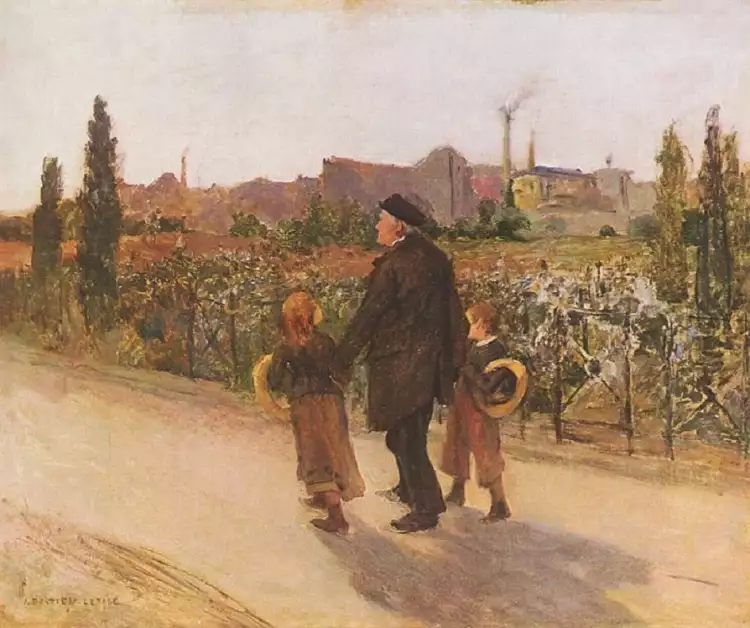 Naturalism. Jules Bastien-Lepage. All Souls' Day, 1882
Naturalism. Jules Bastien-Lepage. All Souls' Day, 1882
True naturalists had a different goal. They aimed for photographic accuracy in their work, consciously rejecting stylistic embellishments, analysis, and the generalization of socio-economic issues in society. Critics of the style often accused naturalists of a limited creative approach, a lack of drama and passion, and an unwillingness to immerse the viewer in spirituality and evoke elevated emotions.
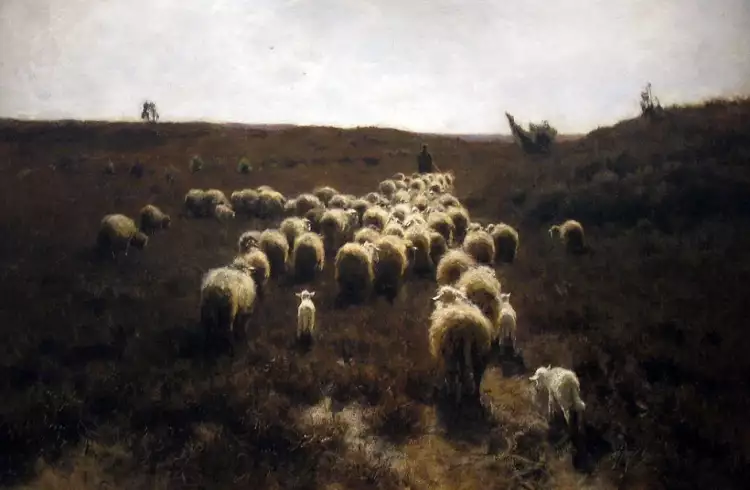 Naturalism. Anton Mauve. The Return of the Flock, Laren, 1886-1887
Naturalism. Anton Mauve. The Return of the Flock, Laren, 1886-1887
So, the favorite themes of naturalism followers became:
- Landscapes, not only beautiful rural landscapes, but also outskirts of major cities with half-collapsed barns, shaky bridges, and aging telegraph poles.
- Domestic scenes, including both the grueling work of peasants in the fields and the leisurely life of a prostitute in a brothel.
- Nude nature, not elevated and flawless, but natural, with unattractive physiological features and even pathologies of the body.
- Criminal plots, impartially describing all the details of the crime.
- Portraits, predominantly dark images of tired and joyless contemporaries of the author.
- Dramatic events - funerals, executions.
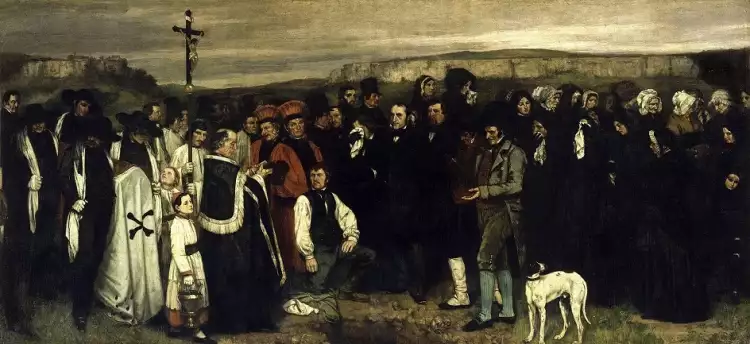 Naturalism. Gustave Courbet. A Burial at Ornans, 1849-1850
Naturalism. Gustave Courbet. A Burial at Ornans, 1849-1850
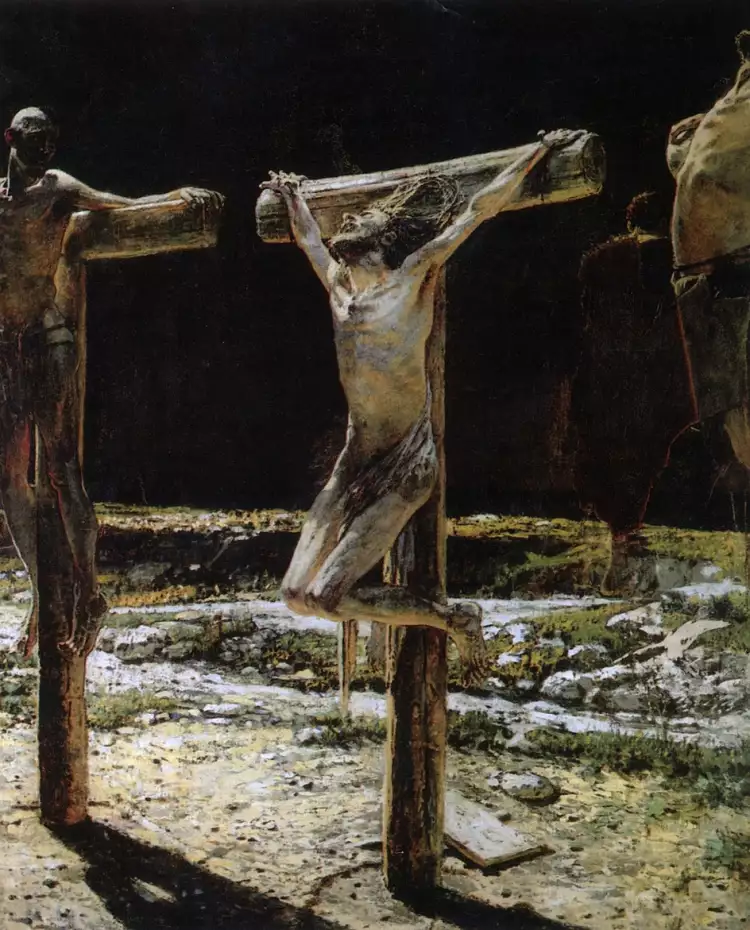 Naturalism. Nikolai Ge. Crucifixion, 1892
Naturalism. Nikolai Ge. Crucifixion, 1892
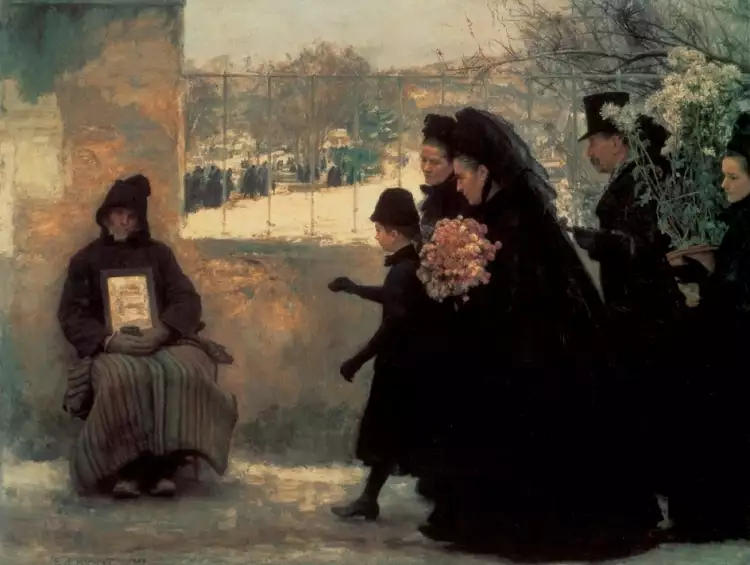 Naturalism. Émile Friant. La Toussaint, 1888
Naturalism. Émile Friant. La Toussaint, 1888
It is noteworthy that naturalism narrowed the painter's global perception of the surrounding world to a specific view outside the window. Instead of mythological heroes and representatives of the nobility, the viewer contemplates reportage sketches of such a familiar and everyday life that he lives every day with his family, neighbors, and fellow villagers. It is not surprising that naturalists were rarely popular beyond the region where they lived and worked.
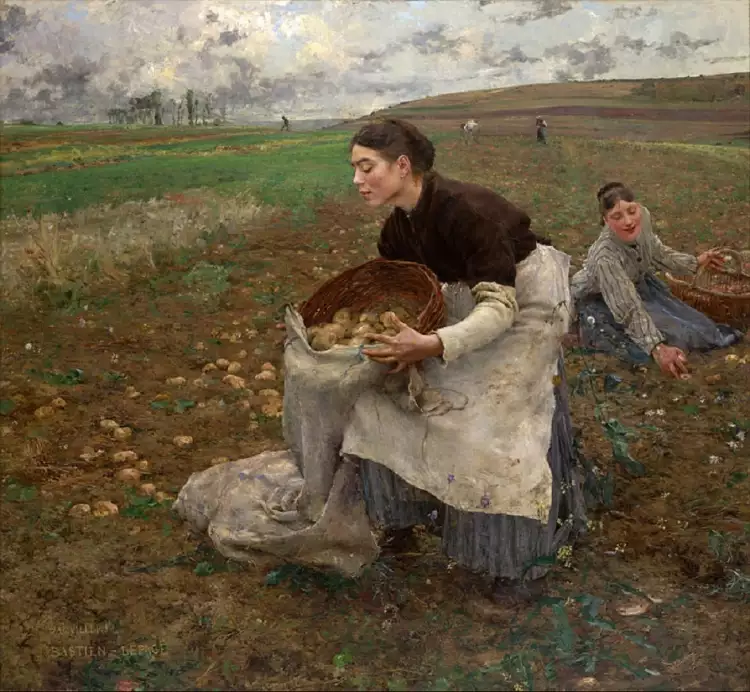 Naturalism. Jules Bastien-Lepage. October, 1878
Naturalism. Jules Bastien-Lepage. October, 1878
A particular niche was chosen by the genre of nude, and in naturalism, it does not extol the names of ancient goddesses and mythological characters but shows the nudity of an ordinary person. Just as Emile Zola in "Nana" exposes the cold-blooded vulgarity of a kept woman, the naturalist artist transfers the naked body of a prostitute to the canvas, caring little about ideal forms and graceful curves of the figure. What matters to him is to convey the truth about his character to the viewer. One of the bright followers of naturalism that Zola mentioned was Edouard Manet, and it is worth looking at "Luncheon on the Grass" to understand that the painter truly followed the main principles of the movement, depicting the age-old theme - the amusing stroll of respectable gentlemen in the company of women of easy virtue.
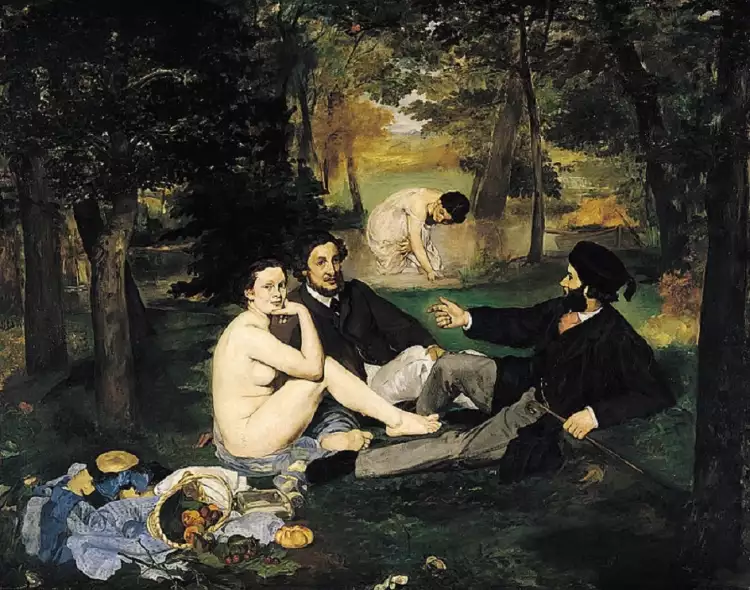 Naturalism. Édouard Manet. The Luncheon on the Grass, 1863
Naturalism. Édouard Manet. The Luncheon on the Grass, 1863
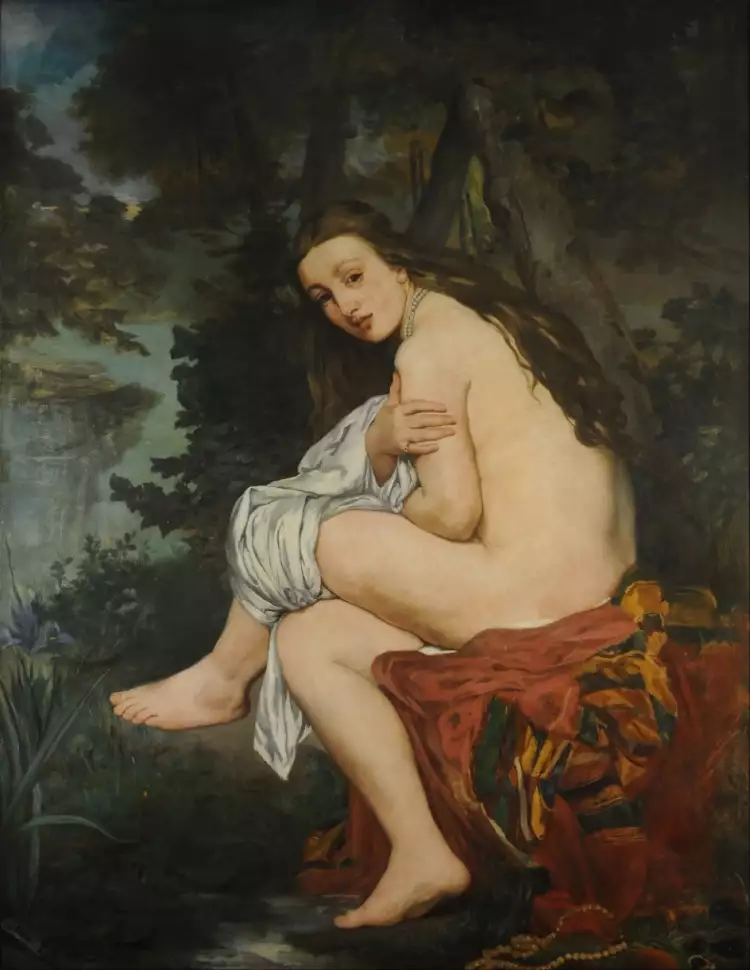 Naturalism. Édouard Manet. The surprised nymph, 1861
Naturalism. Édouard Manet. The surprised nymph, 1861
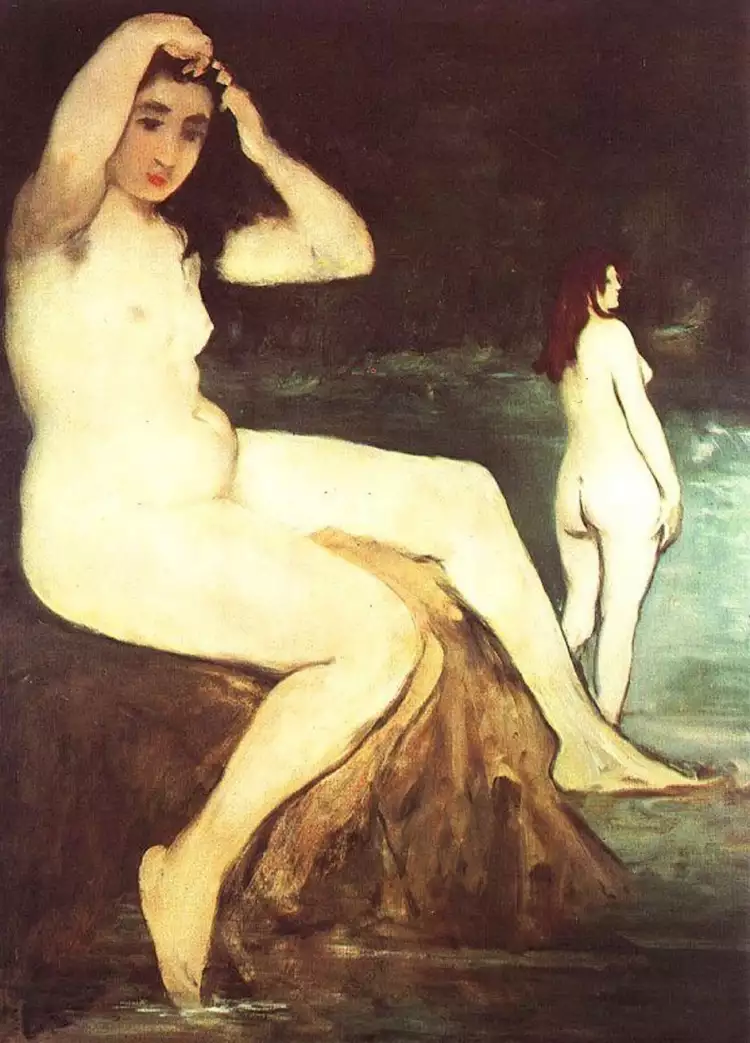 Naturalism. Édouard Manet. Bathers on the Seine, 1875
Naturalism. Édouard Manet. Bathers on the Seine, 1875
In Russian painting, images of the nude body have always been scarce. Only in the mid-19th century did academic drawings of the male torso appear, and by the end of the century, Valentin Serov (Russian: Валентин Серов) gained the right to invite women as live models.
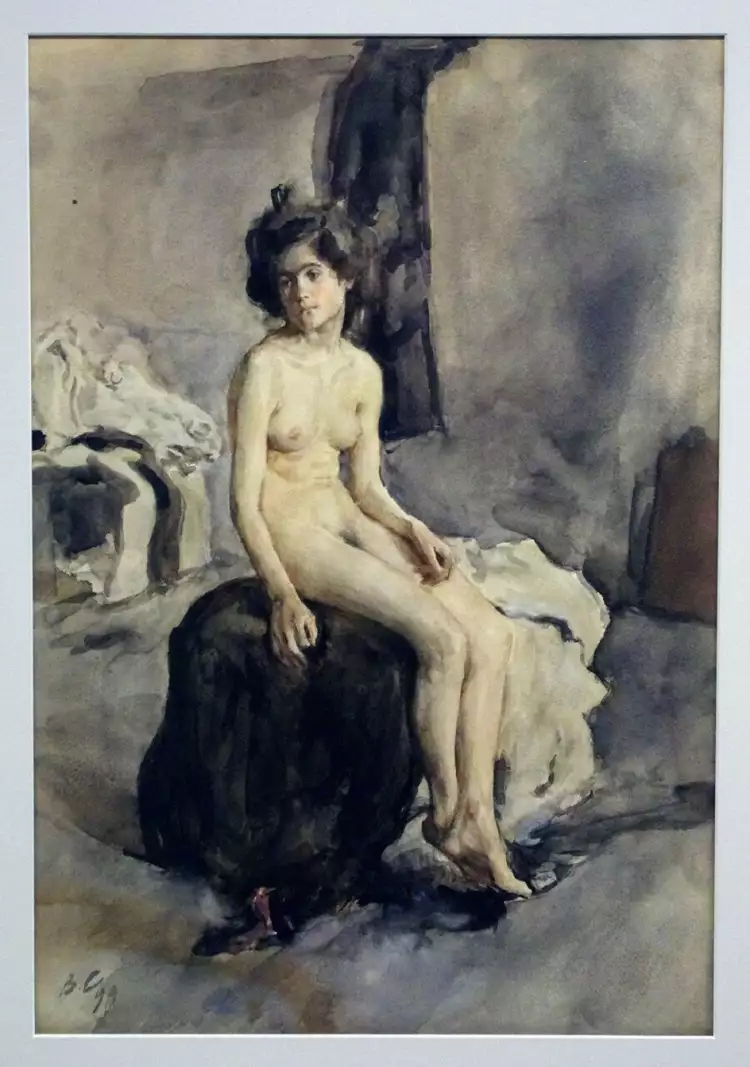 Naturalism. Valentin Serov. Model, 1899
Naturalism. Valentin Serov. Model, 1899
The Most Famous Naturalist Artists
From the numerous array of naturalists, several of the most vibrant and unconventional painters can be singled out:
- Jules Bastien-Lepage, a French painter who, among the first, depicted the life of peasants.
- Marie Bashkirtseff (Russian: Мария Башкирцева), a talented Russian, Ukrainian, and French artist.
- Anton Mauve, a renowned landscape and animal painter who preferred calm and lyrical compositions.
- Thomas Cole, an American landscape painter, founder of the Hudson River School.
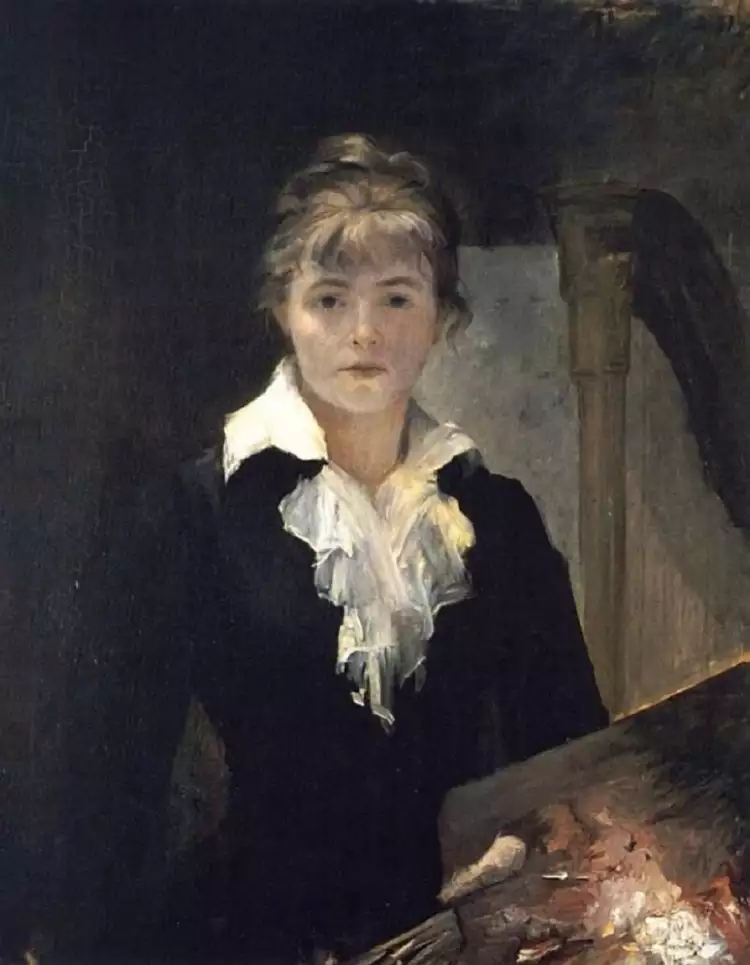 Naturalism. Marie Bashkirtseff. Self-portrait with a Palette, 1880
Naturalism. Marie Bashkirtseff. Self-portrait with a Palette, 1880
 Naturalism. Marie Bashkirtseff. The Umbrella, 1883
Naturalism. Marie Bashkirtseff. The Umbrella, 1883
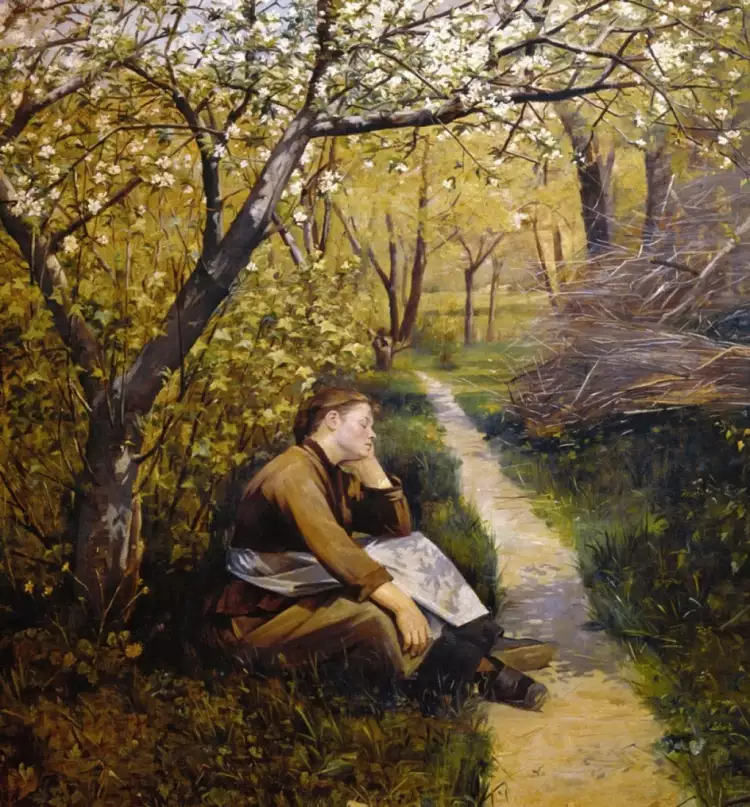 Naturalism. Marie Bashkirtseff. Spring, 1884
Naturalism. Marie Bashkirtseff. Spring, 1884
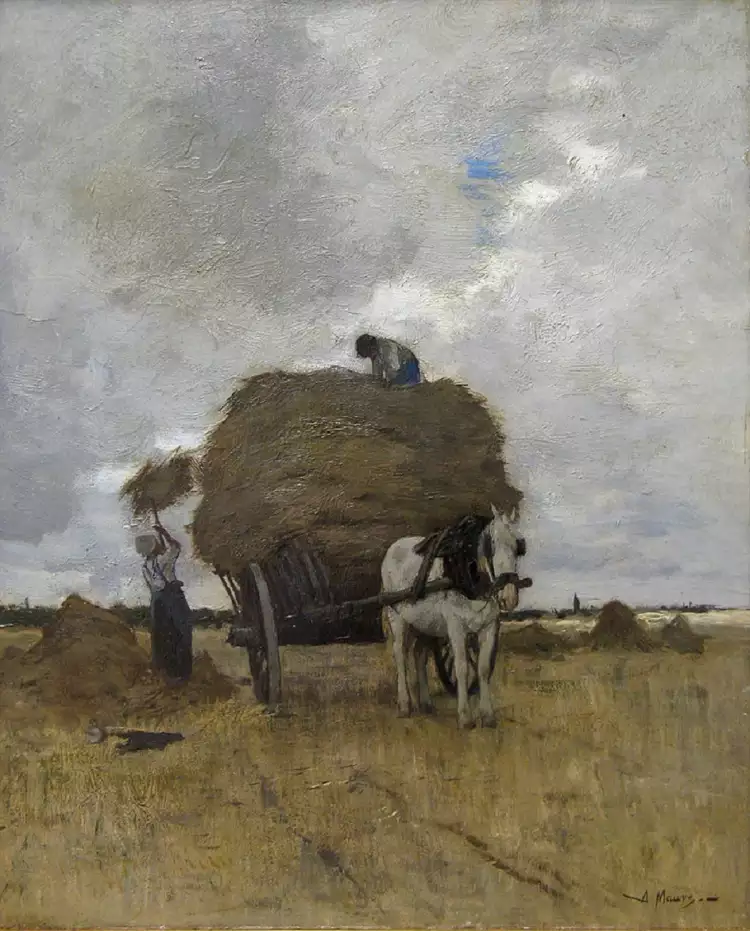 Naturalism. Anton Mauve. A wagon of hay, 1878-1888
Naturalism. Anton Mauve. A wagon of hay, 1878-1888
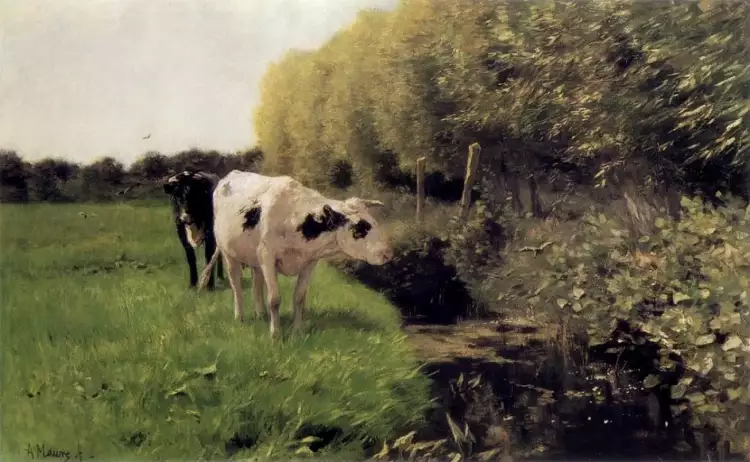 Naturalism. Anton Mauve. Cows in the pasture
Naturalism. Anton Mauve. Cows in the pasture
Collectors eagerly purchase naturalistic paintings at online auction portals. The Very Important Lot catalogs also feature works by contemporary artists working in everyday life and landscape genres. You can buy paintings directly from the authors.
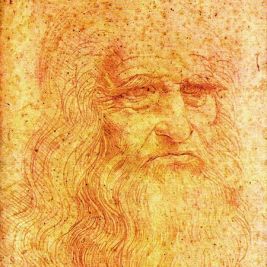 Drawing: essence, types, techniques, and a brief history
Drawing: essence, types, techniques, and a brief history 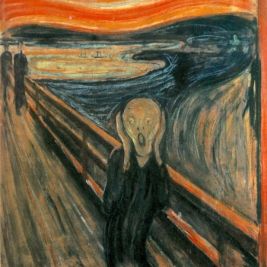 The painting "The Scream" by Edvard Munch is a terrifying prophetic symbol of the 20th century
The painting "The Scream" by Edvard Munch is a terrifying prophetic symbol of the 20th century 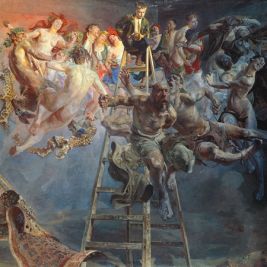 Symbolism: the essence of the term, history in painting, distinctive features, famous symbolists
Symbolism: the essence of the term, history in painting, distinctive features, famous symbolists  Photography is an art accessible to everyone
Photography is an art accessible to everyone 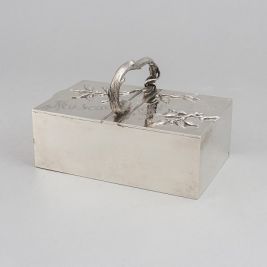 Lorie Company - silver in the Art Nouveau style
Lorie Company - silver in the Art Nouveau style  The painting "The Burning of the Houses of Lords and Commons" by William Turner is a dramatic depiction of a historical event
The painting "The Burning of the Houses of Lords and Commons" by William Turner is a dramatic depiction of a historical event 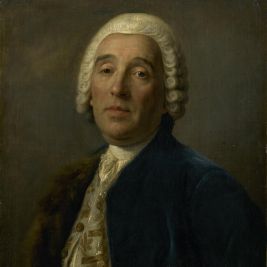 Bartolomeo Francesco Rastrelli was a brilliant Italian architect who became the greatest master of Russian architectural art of all times
Bartolomeo Francesco Rastrelli was a brilliant Italian architect who became the greatest master of Russian architectural art of all times 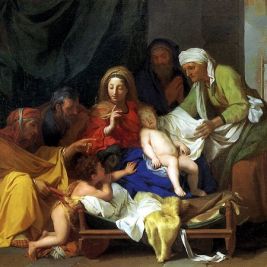 Classicism: strict ideals of high style - characteristics, history, iconic classicists
Classicism: strict ideals of high style - characteristics, history, iconic classicists 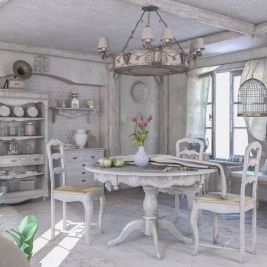 Interior design refers to the internal space of rooms: styles of decoration, classification, and characteristics
Interior design refers to the internal space of rooms: styles of decoration, classification, and characteristics 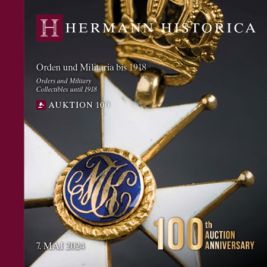 100th Auction at HERMANN HISTORICA from 7 to 16 May 2024
100th Auction at HERMANN HISTORICA from 7 to 16 May 2024